Chaga’s yield of water soluble constituents is about 20%.
In other words, if you were to take 100 grams of ground chaga, then brew it in distilled water for 72 hours at 188 degrees fahrenheit, then carefully strain away the solid waste (spent chaga) from your now-black solution, then dry/evaporate all of the water away, you would yield about 20 grams of readily soluble shiny black powder. Or as we like to call it, ChagaNOW!
If you were to use 200 grams of chaga, you’d get about 40 grams ChagaNOW. You’d get close to 20% nearly every time. Each mushroom has its own relatively consistent yield of mushroom to mushroom-extract-powder in this way. Later I will list them each, but before that-
What is it that we are actually yielding? What the heck are these 20 grams? Vitamins? Minerals? Polysaccharides? Melanins? Sugars? Seriously, what is this chaga extract powder?
Until recently, all that we were able to conclude is that we had yielded 20g of soluble constituents from wild Chaga. Whatever compounds they may be has never been perfectly clears, but what has remained clear, from repeating this process over and over, is that from batch to batch and from one piece of chaga to the next, the composition of the 20 grams is always more or less the same. It produces a consistent yield with similar physical traits, properties, and chracteristics.
This was a revelation for me - Mushroom extract powders, if made correctly, are in and of themselves, a relatively consistent medium representing the entire spectrum of water soluble constituents - in their maximum natural concentrations. Mushroom extract powders are something we can now make in-house, and they are the closest thing we have to a perfect standard to be properly analyzed in a lab. Mushroom extract powders are in fact brilliant.
Sadly, so is the iron grip that Chinese suppliers have on the entire mushroom extract industry. They have a tight grip on basically every industry. It feels like a bit of a contradiction to call extract powders brilliant when the majority of mushroom extract powders I see for sale are blatant frauds, fakes, or at best, gimmicky products that are cut with heavy amounts of filler material. Do not confuse what I call an extract powder with cheap Chinese garbage.
When you possess a genuine quality mushroom extract powder, you possess a perfectly concentrated hot water extract. It's just that the water has been evaporated away, so it is as potent and pure as it can possibly be. This powder was used as a key reference material to develop the optimal hot water extract formulation of our tinctures.
Through a culmination of hard work, 3rd party lab research and development expenditures, and internal experiments, we were able to analyze the presence of certain types of compounds contained in samples of our concentrated hot water extracts (aka - extract powders) from various mushrooms, and this data allowed us to work backward and formulate a mushroom weight to water ratio that is deliberate, for our tincture potency and serving sizes.
Here are the results of this work, and the yields of water soluble constituents for each mushroom.




